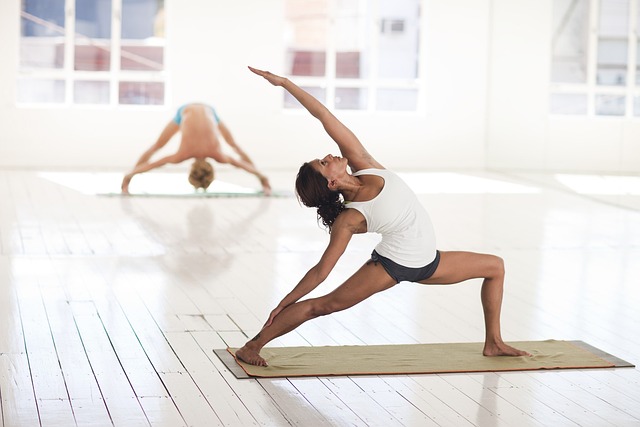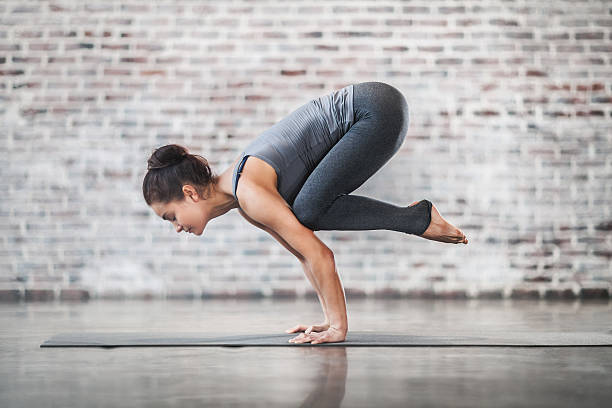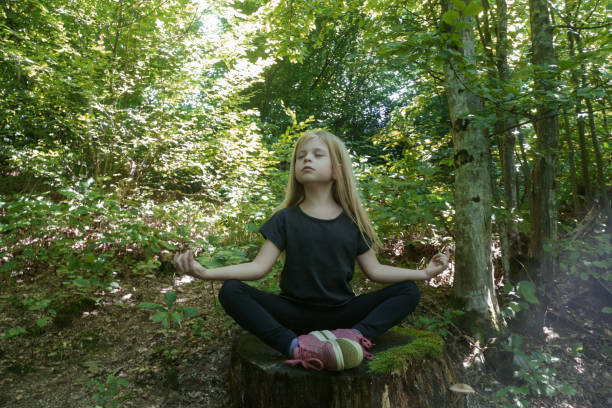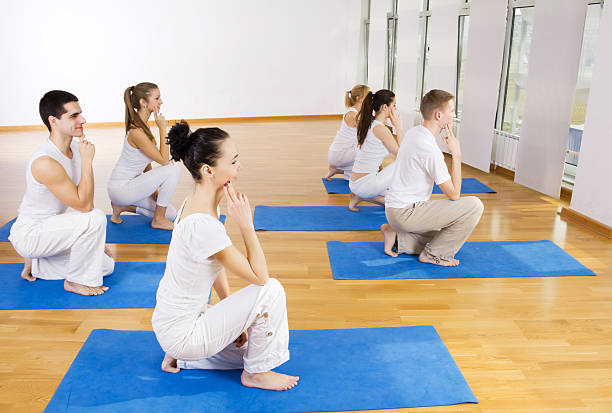
Flashy arm balances are getting a lot of attention on social media sites like Instagram. It’s hard to resist double tapping for a yogi balancing on a fingertip off the side of a cliff. However, while arm balances may look effortless in photos, they require a considerable amount of arm and core strength, concentration, balance, and patience.
Mayurasana or Peacock Pose is a posture that looks particularly impressive. Your hands should be propped under your belly to make it look like you’re literally floating.
Caution: While this exciting pose may tempt you, it is an advanced posture that requires strong practice to avoid injury.
Mayurasana: Benefits and Uses
Mayurasana is not just for Instagram. There are many other reasons to practice it.
You have to reverse your elbows and wrists in order to get into this position. This will help you build strength and endurance in your wrists, forearms, and shoulders.
Mayurasana is a challenging posture that will challenge your core. It will also strengthen your abdomen.
How to Do Mayurasana Step-by-Step
Turn your fingers backward by turning your hands on all fours.
Bring your hands together under your belly button. Your pinky fingers should be pressed together and bent at the elbows.
Lean forward and engage your core, placing your core on your elbow and tricep shelves.
Bring your gaze and weight forward.
Continue to press your arms together and raise your upper back slightly.
You can do this by extending your legs one at a time in a Plank position.
Squeeze your inner thighs and engage the backs of your legs.
Play with your balance by floating one leg at a time until you are able to lift and balance the two legs.
Practice Tips
This posture is possible because of core strength. You can play with your balance if you have a strong center of gravity. It is important to shift your center of weight and gravity slightly forward so that your legs float.
Precautions & Contraindications
Mayurasana, I cannot stress this enough, is a posture for advanced practitioners. To avoid injury, you should practice this pose for a long time before trying it. Mayurasana can be a good choice for those who are comfortable with Chaturanga but want to take on a new challenge.
If you have an injury to your wrist, elbow, or shoulder, avoid practicing Mayurasana.
When your form clicks, you can fly with arm balances, such as in Mayurasana. Remember that advanced arm balances require patience to achieve.
Let go of your ego and move with care and patience. Listen to your body. You’ll soon be flying.


